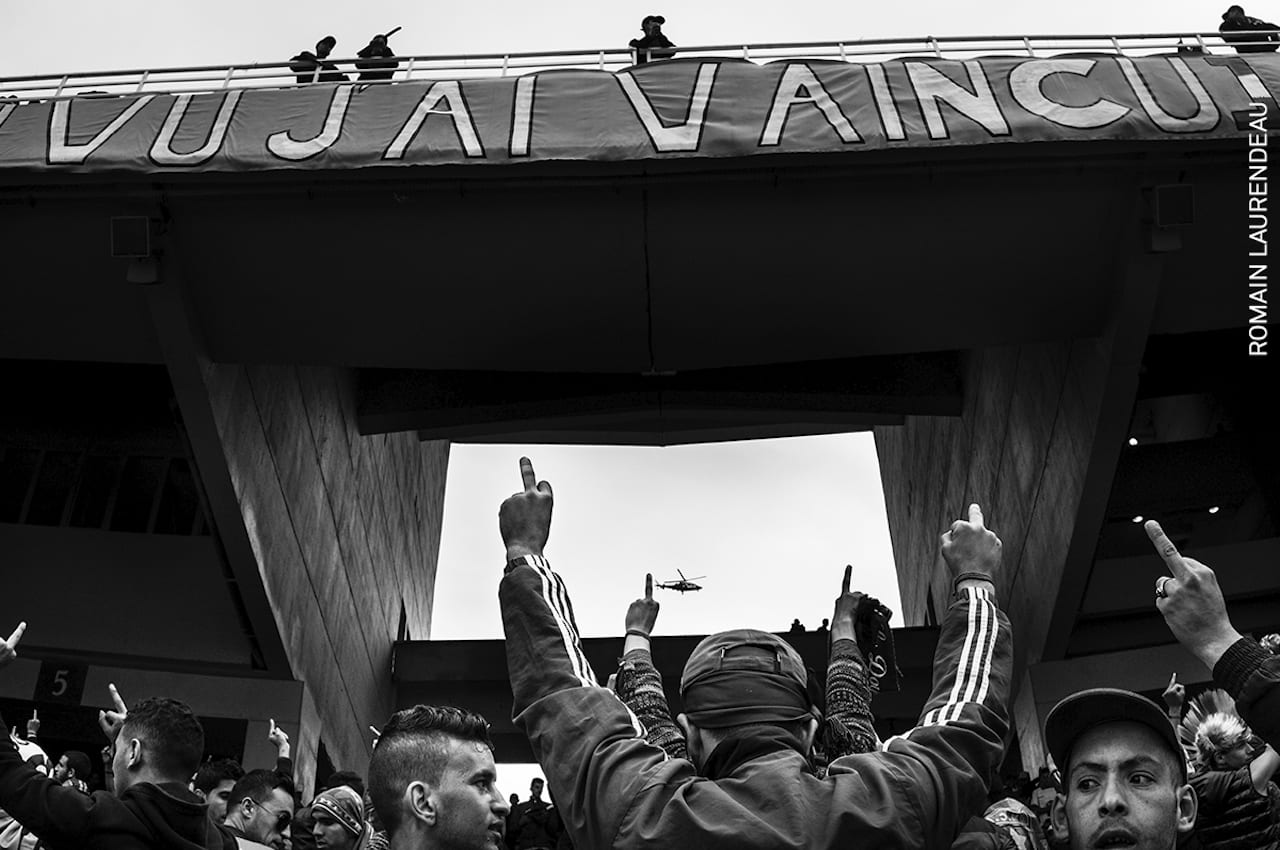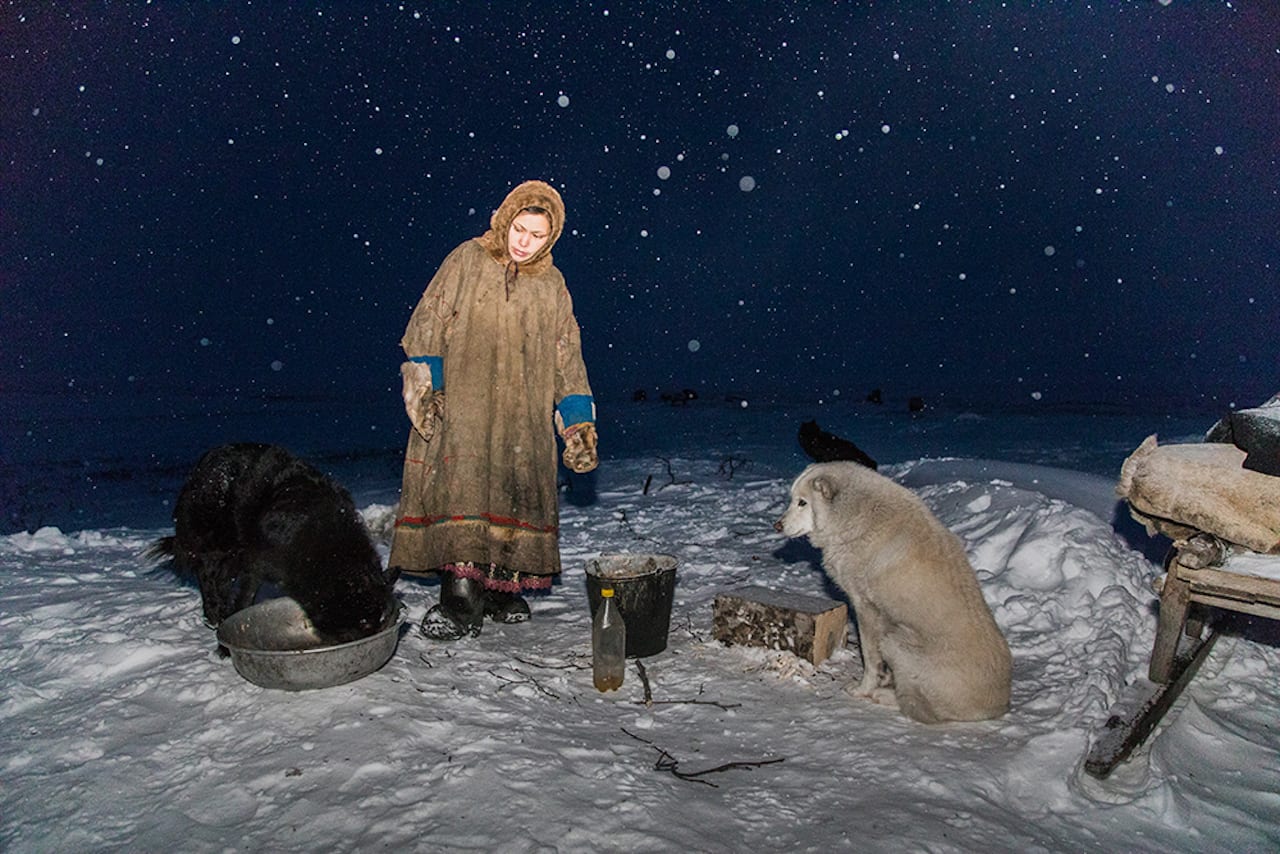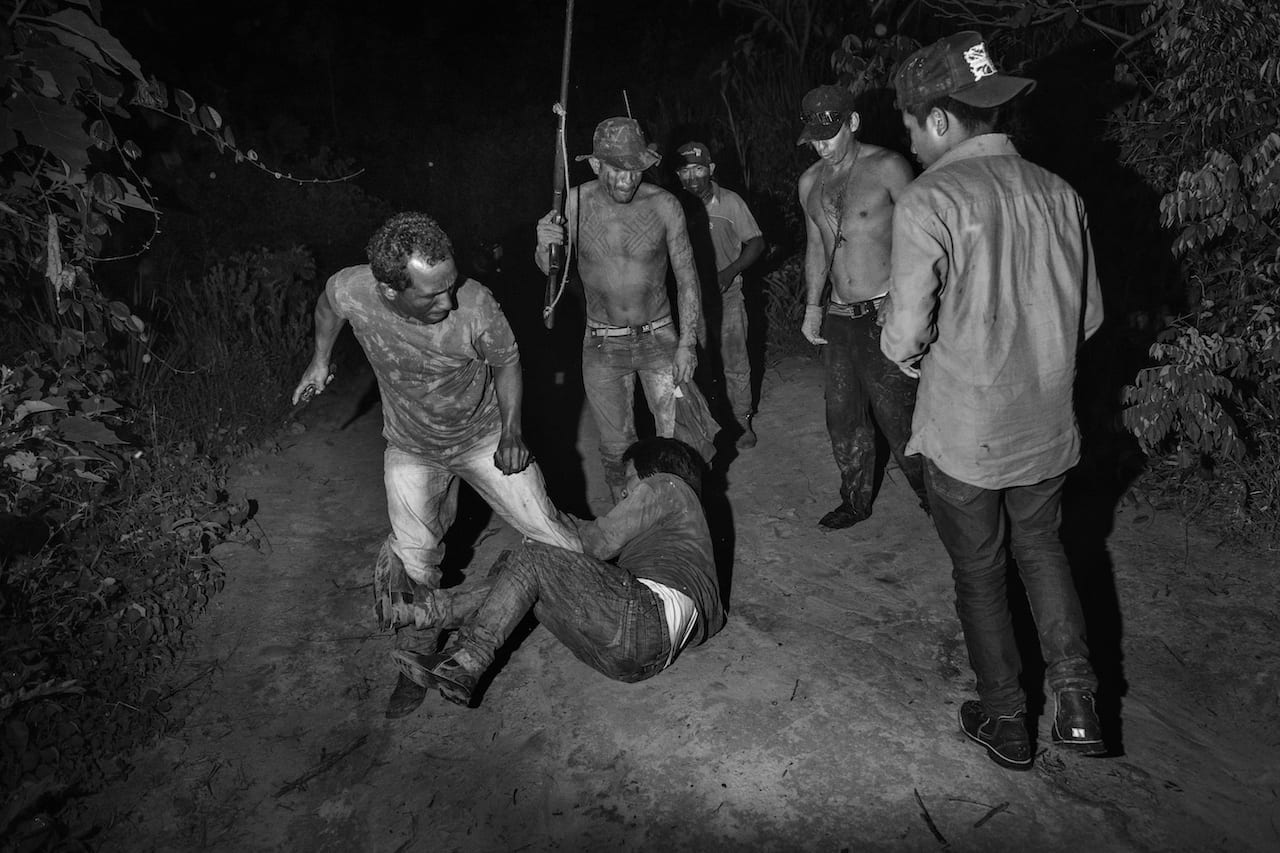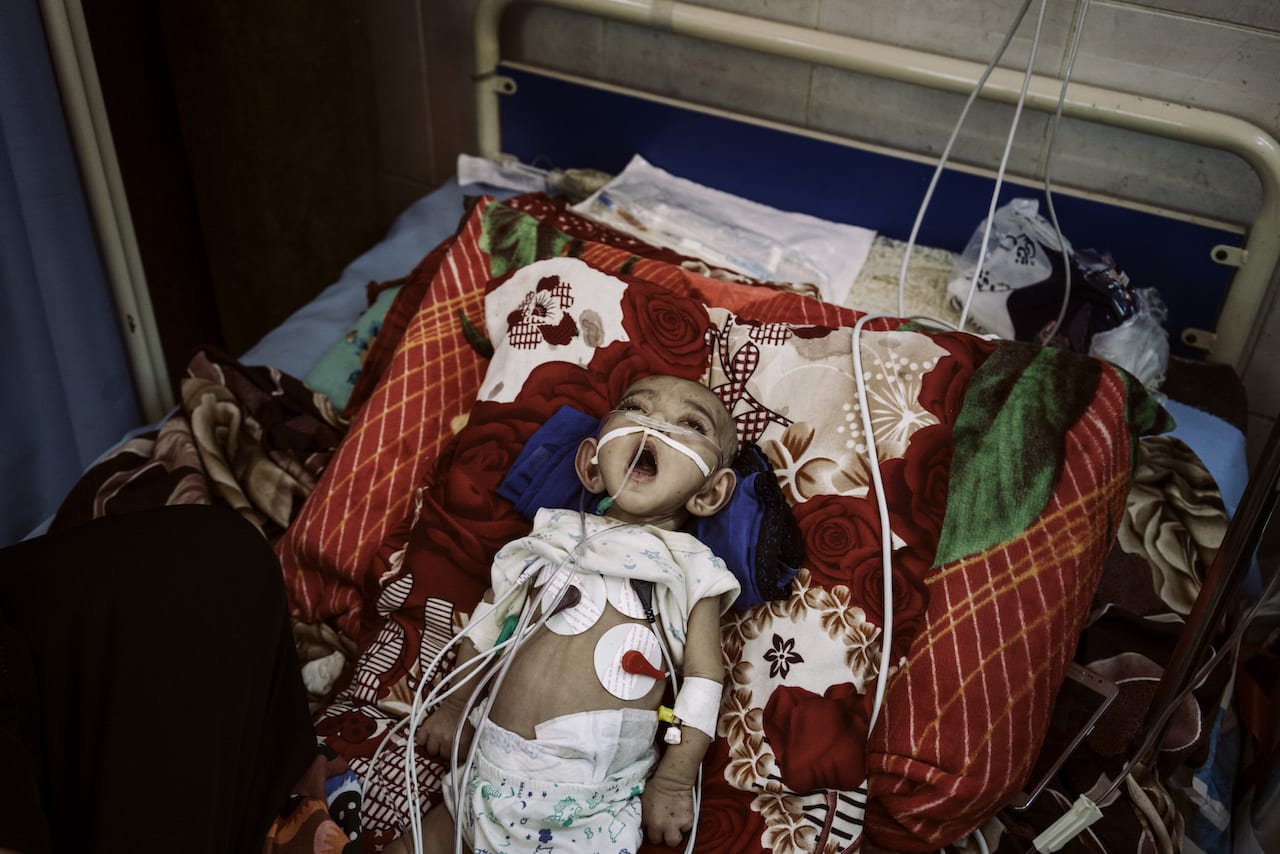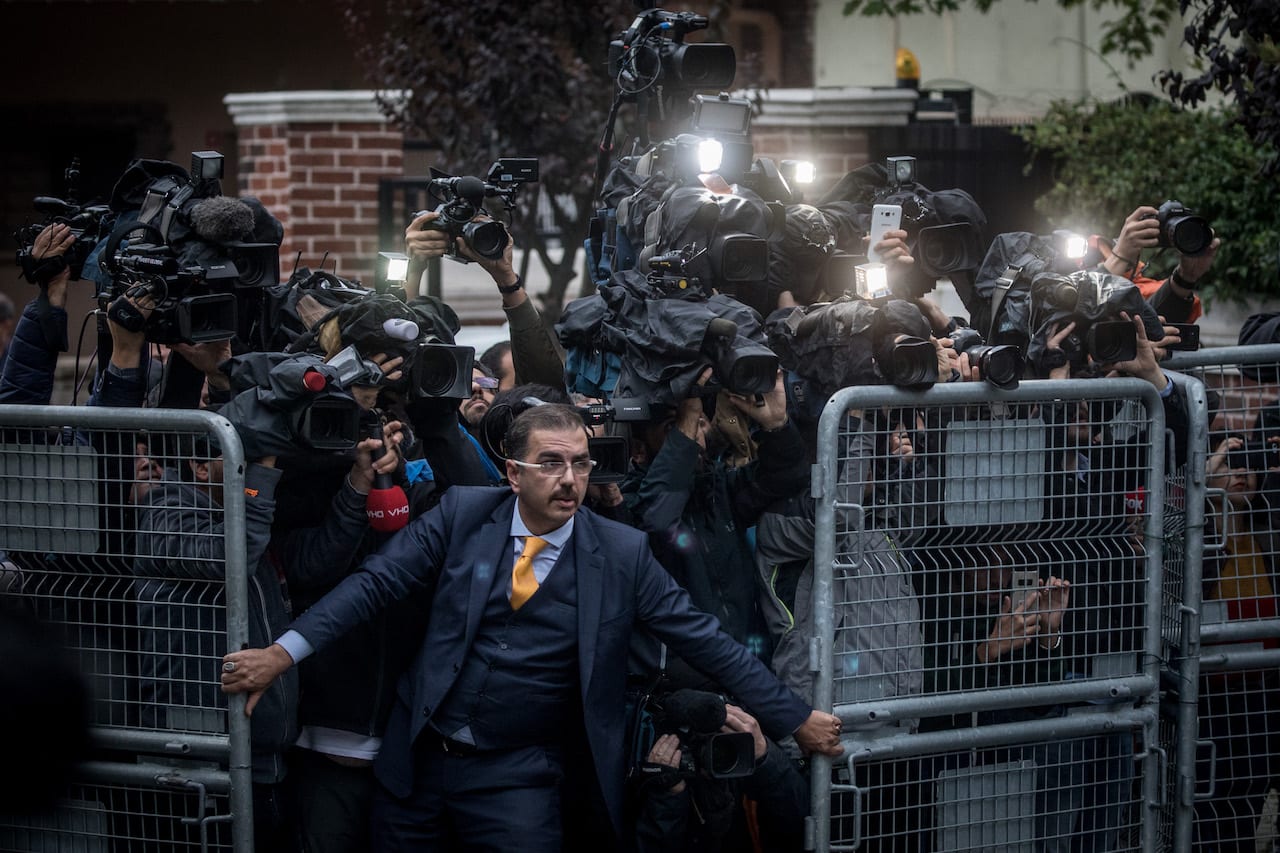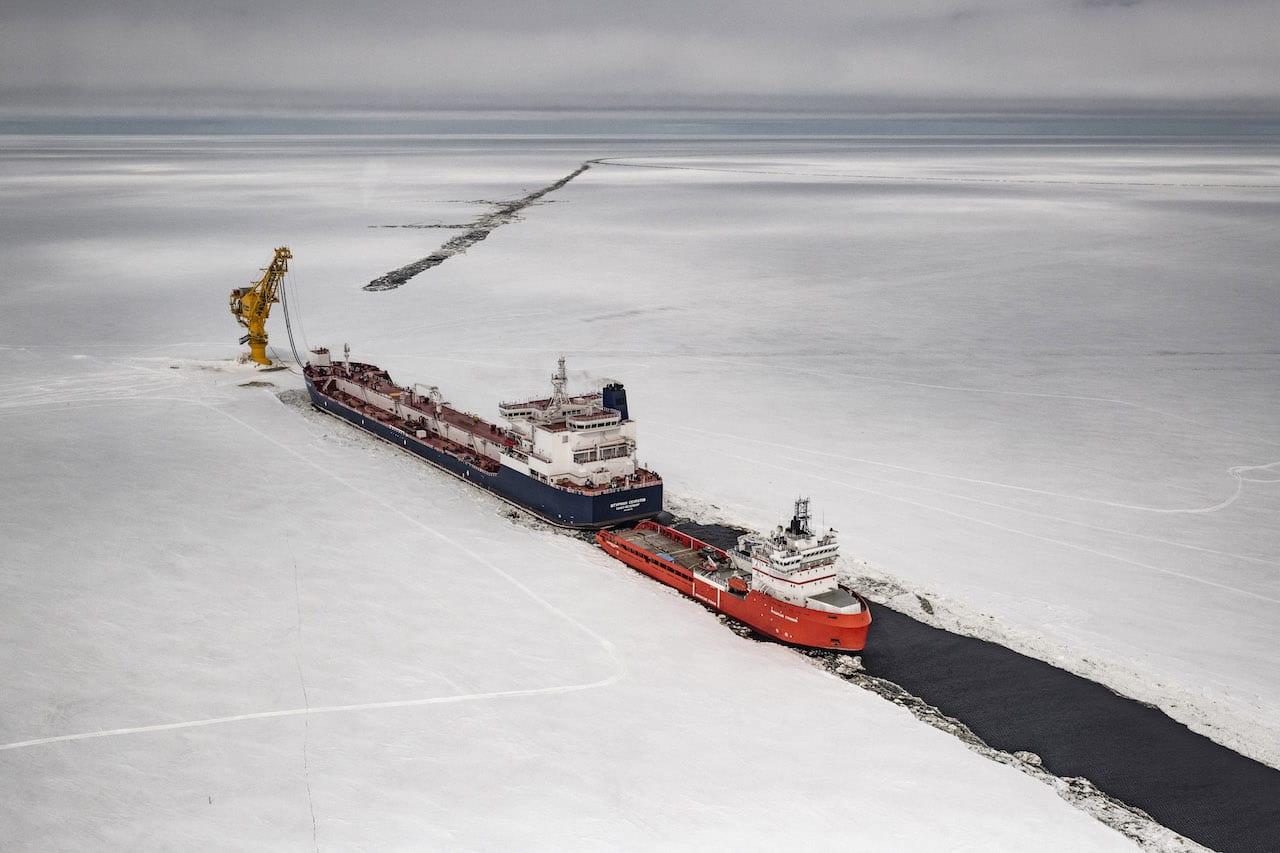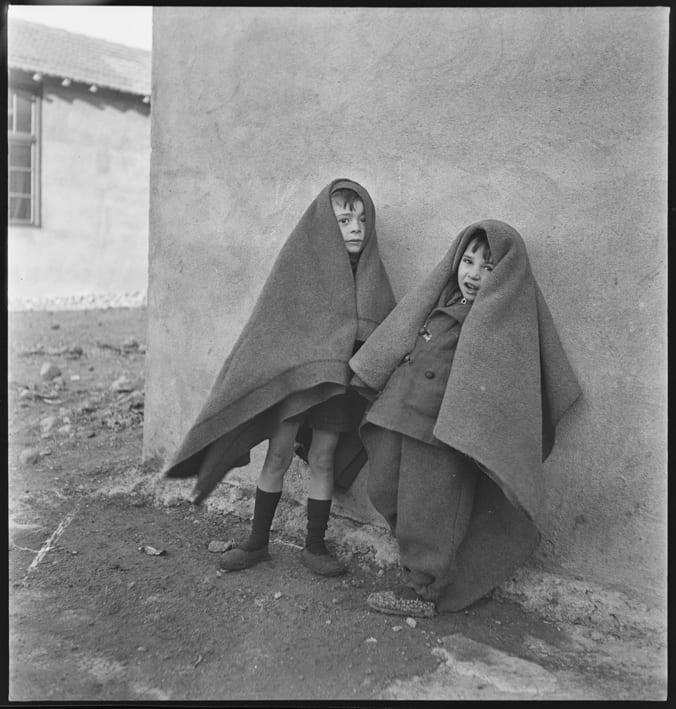“It was a really tough story to cover, because the subject wasn’t there,” says Chris McGrath. “There was so much press there, and everyone was having the same problem – I was talking with other photographers and the Getty Images office about how to tell the story. It became every day going to the same place, standing, trying to get a picture that said something.”
The story was the disappearance of the disappearance of Jamal Khashoggi and the problem was exactly that – a Saudi Arabian journalist, author, and editor, who wrote for The Washington Post, Khashoggi had gone to the Saudi Arabian consulate in Istanbul on 02 October 2018 and vanished. Lurid reports that he’d been killed and dismembered soon circulated, but his body has still not been found and initially, the Saudi Arabian government denied his death. There was, as McGrath says, very little to photograph.
Then on 15 October, Saudi and Turkish officials were allowed in to inspect the building, and McGrath, along with many other journalists and photographers, went along to photograph the development. “We didn’t know when the inspectors would arrive, but everyone was there,” says McGrath. “All the press was trying to get something, and this guy was holding us back.”


